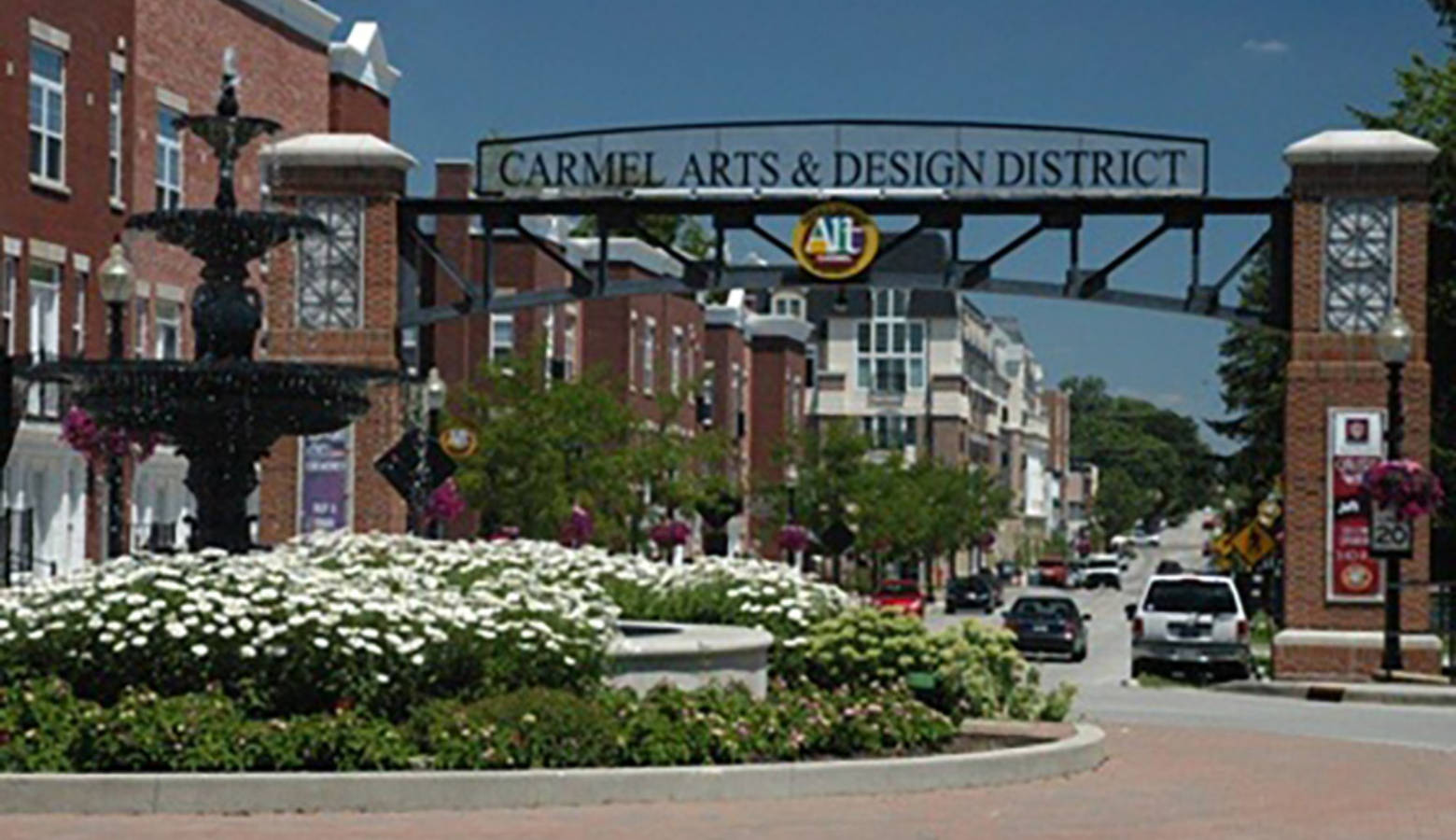Census Data: Indy Suburbs’ Population Gain Is Rural Indiana’s Loss

New US Census data shows that the suburbs around Indianapolis are growing, while rural areas of the Hoosier state aren’t. As Indiana Public Broadcasting’s Annie Ropeik reports, the Indiana Business Research Center says the new suburban residents are mainly coming from elsewhere in Indiana, not from outside the state.
That trend isn’t new, but it deepened in 2016 census data analyzed this summer by the Indiana Business Research Center.
The data shows Indiana’s fastest-growing city is Whitestown, in Boone County. It’s topped that list for six years running, as its population has more than doubled.
“A few years ago, we were seeing more growth in Marion County and Indianapolis proper, but that’s slowing down a little bit,” says IBRC demographic analyst Matt Kinghorn. “Now we’re starting to see more pick-up in the suburban communities.”
His analysis shows 13 of Indiana’s 15 fastest-growing cities for 2016 are in the so-called donut counties around Indianapolis – places like McCordsville, Bargersville, Westfield and Carmel. And their new residents are mainly Hoosier transplants.
“We’re not seeing a lot of people drawn to the state right now,” he says. “But we are starting to see a little bit more movement within the state.”
This means the Indianapolis suburbs’ gain is rural Indiana’s loss, Kinghorn says, particularly when it comes to young adults moving away.
“Not only are you losing those young adults, but then their future families,” he says. “So you’re seeing a lot of these areas of the state are aging rapidly.”
Kinghorn says township-level data can be limited in non-census years – but generally, at least half of Indiana’s townships appear to be losing population.
